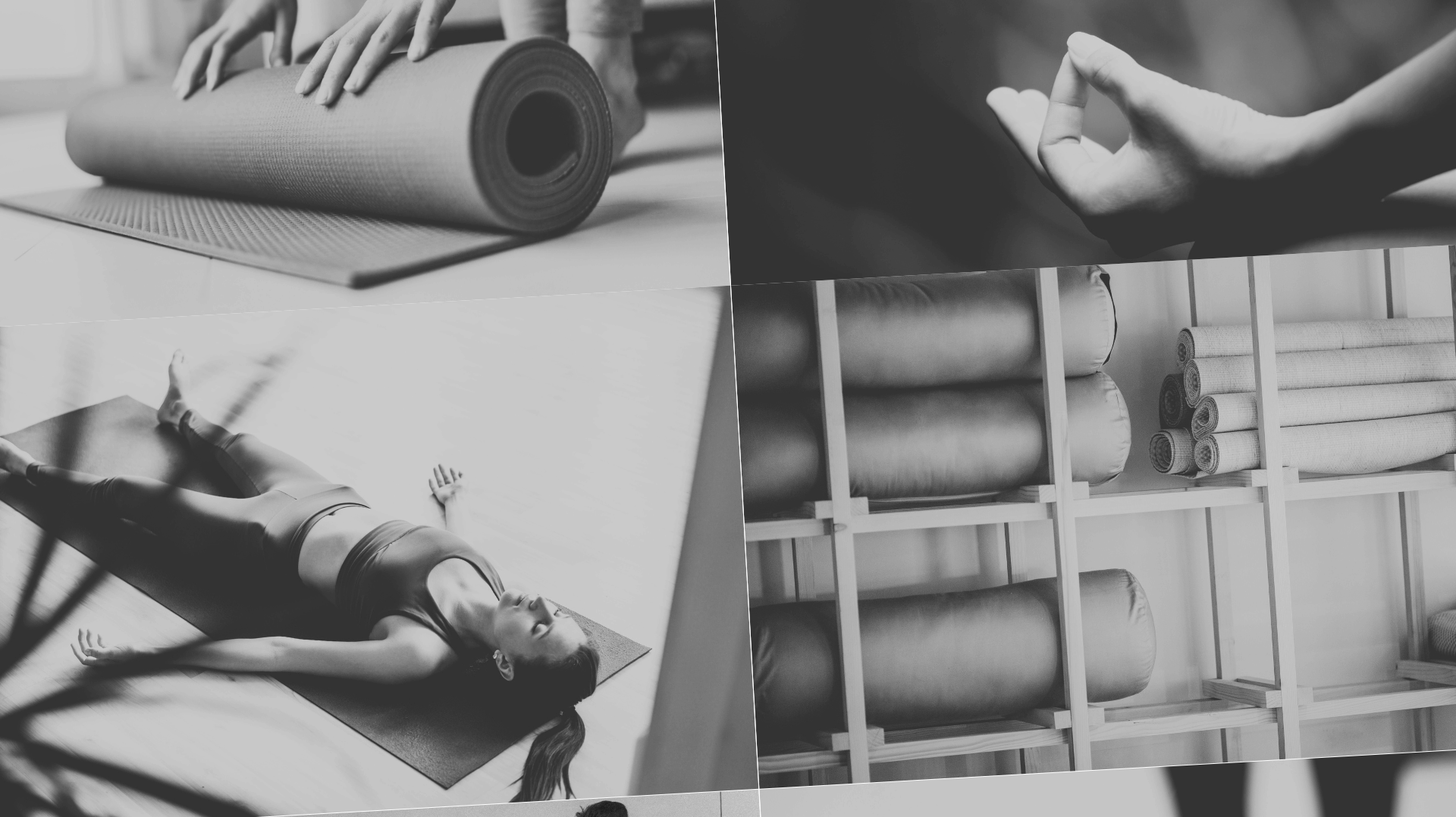Millions of people practice yoga without knowing the impact their mat has on their health and on the planet. Sustainable yoga mats propose a more conscious relationship between body, practice and environment.
More and more people turn to yoga as a tool to care for both body and mind. However, many are unaware of the material of their yoga mat and spend several hours each week in direct contact with chemical and synthetic compounds derived from petroleum.
The popularization of yoga in recent decades has led to a significant increase in mat production. It is estimated that around 36 million yoga mats are sold worldwide every year, and approximately 70 percent contain plastic materials such as PVC, TPE or EVA.
These compounds not only generate a high environmental impact, they can also degrade with use, sweat, friction and time, releasing microparticles that come into direct contact with our skin.
“We often choose our mats for their color, price or grip, but few people ask themselves what they are made of and how those materials affect the body when you practice,” says Christine Xu, founder of oléyoga. “For us, the mat is an act of sustainability and a product that must be made with intention.”

For us, the mat is an act of sustainability
The problem goes beyond the moment of practice. Throughout their lifecycle, synthetic mats require large amounts of energy and chemicals for manufacturing and, once discarded, they cannot be conventionally recycled. Most end up in landfills or incinerators. They contribute to an invisible chain of pollution that affects water, soil and air quality for decades and even centuries.
Faced with this reality, there are alternatives such as mats made from plant based materials like natural rubber, cork, jute or hemp. These raw materials, besides being renewable, degrade much more quickly in natural conditions, avoiding the persistent accumulation of plastic waste in the environment.
In a global context where health and sustainability have become essential priorities, the debate is no longer only about the type of practice but also about the materials that support it. The yoga mat is no longer a simple accessory. It becomes a key decision for individual wellbeing and the balance of the planet.
______________________
oléyoga is a sustainable yoga mat brand made without plastics, using natural rubber. Designed to offer high performance, safety and low environmental impact, its mats promote a conscious, ethical practice that is aligned with the care of the planet.




